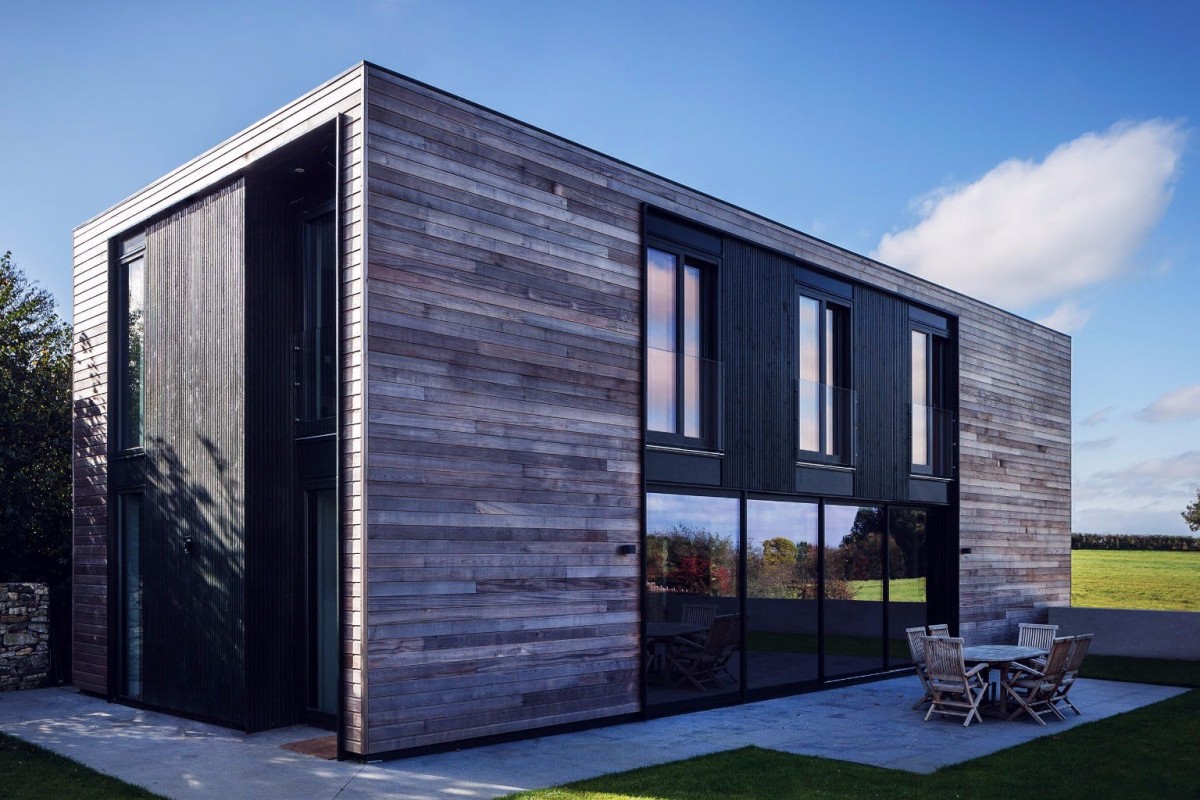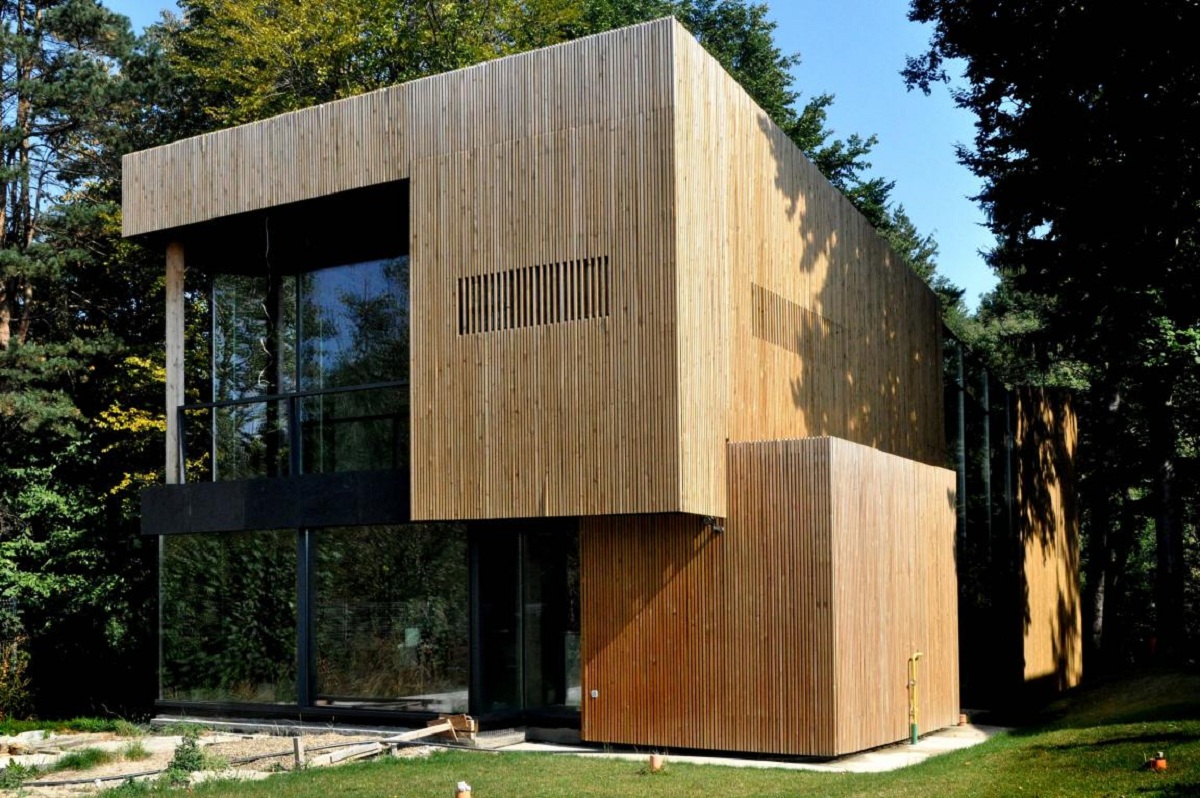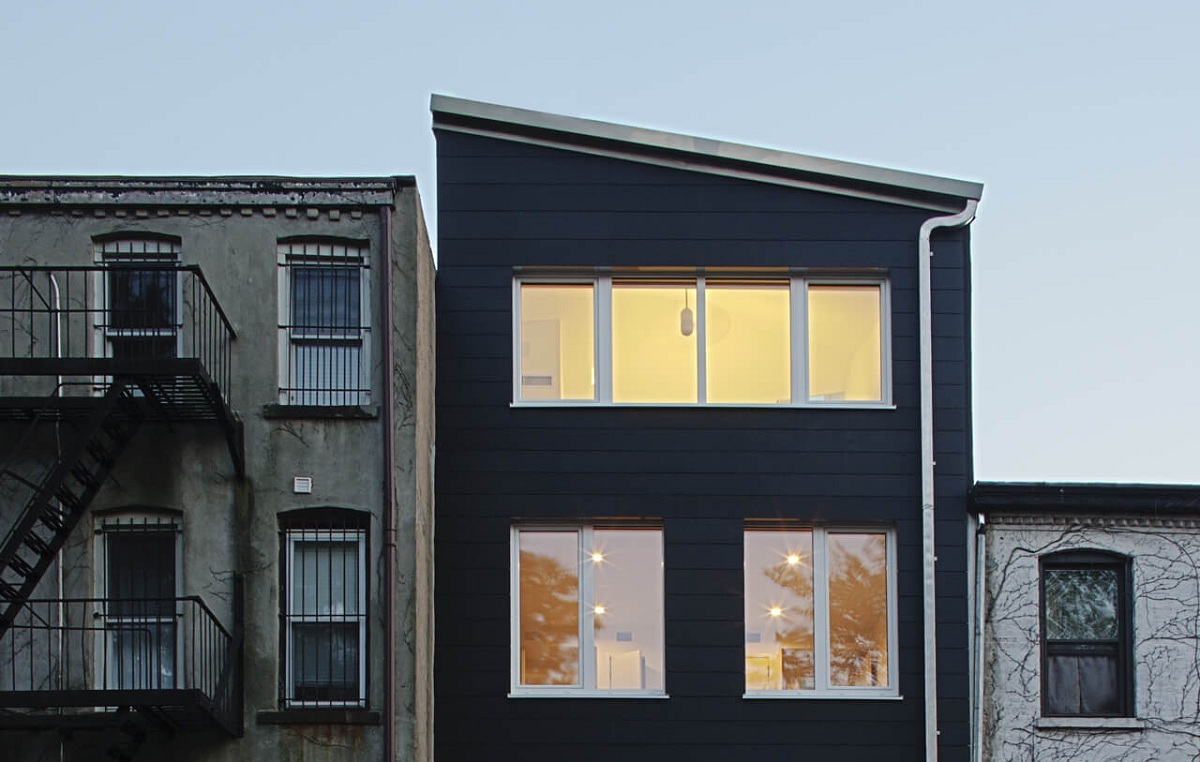
Today we are going to talk about a concept that has revolutionized sustainable buildings based on renewable energy and little environmental impact. They are buildings that are committed to long-term sustainable development. It is known as passive-house. Translated into Spanish it is like a passive house and refers to a type of house construction that has unique characteristics.
In this article we are going to tell you what a Passive house is, what its characteristics are and what requirements it has.
What is a Passive house

In the field of development of modern architecture based on renewable energies and the use of natural resources, this new concept was born. A passive house is nothing more than a type of house that refers to a construction standard of a house that meets certain characteristics. These characteristics are as follows:
- It is truly energy efficient. For this, the principles of bioclimatic architecture are used to be able to take advantage of all the energy conditions that exist in the environment in order to reduce energy consumption.
- It must be comfortable and comfortable. The energy efficiency taken advantage of through a correct location and the energy of the environment should not reduce the quality of life.
- It should have a price that is affordable for almost everyone and not just for a few.
- Ecological In addition to energy efficiency, it must be built respecting and reducing environmental impact and perfectly integrated with its environment. During the use of this home, the impacts to the environment should be reduced as much as possible.
In this way, we make a Passive house a place that can consume minimal energy while maintaining adequate air conditioning conditions throughout the year. The construction, design and arrangement of all materials are completely ecological in order to minimize the carbon footprint and other environmental impacts.
Origin of the Passive house

This concept is not about a brand, but a concept of efficient construction. It appeared for the first time at the beginning of the decade of the 80s. Since then, more and more people talk about bioclimatic architecture to be able to build houses. The first thing that must be done to be able to build a bioclimatic home is to know the study of the climate of the area where it is going to be built. Here you must take into account the days of sun, rain, the environment that surrounds it, the distance to supply areas, etc. In this way, it is possible to take advantage of all these variables to the maximum to place a orientation and proper design to reduce energy consumption and have better living conditions.
To all of the above is added the use of various materials and construction procedures that use ecological and efficient techniques for the environment that has been previously studied. In this way, it is possible to build a house that has a very low energy consumption and a low environmental impact.
We can say that the concept of Passive house goes beyond what is thought when it comes to talking about energy rating labels on buildings. It is true that these energy efficiency labels on buildings reveal a lot of information about it. It can tell us the amount of energy the building consumes as a whole and the energy efficiency it has. However, He does not talk about the design and materials with which the house is built.
Savings in energy consumption with a passive house

Let's see what savings or savings we can have when building a Passive house. To get an idea we are talking about all the standards that this type of construction follows and that can help us save on the following:
- Savings of up to 90% in heating consumption. This value is given if we compare it with other buildings that have followed traditional construction patterns.
- We can get savings of up to 75% or more in heating by purchasing this passive house with newly constructed buildings that have the highest efficiency standards.
- In the case that our area has temperate climates, it is where the greatest energy expenditure is spent cooling and not heating. All of this has been proven in similar consumption savings data.
Advantages
Let's see what are the main advantages that the Passive house grants:
- A radical reduction in the energy bill. This implies savings in the medium and long term.
- A responsible and environmentally friendly energy consumption.
- Lower environmental impact in all stages of life of this house, both from its construction to the end of its useful life.
- Greater comfort and better quality of life. This is necessary since all the air conditioning is constantly controlled. In this way, we achieve an environment that has basic and constant conditions that are more comfortable than any other type of house.
- Longer useful life and less expense in repairs and reforms. This passive house employs various most modern technology with high level materials. Being more sophisticated and environmentally friendly materials, they last much longer. In addition, it has the advantage that it does not require so many repairs and there are no other problems derived from the use of low qualities in construction.
Design and construction of the Passive house
Let's see what are some of the characteristics that this construction standard has.
- Great thermal insulation: given the building that has high energy efficiency with low consumption and an excellent guarantee of comfort. Thermal energy is optimized through good insulation and is beneficial in both winter and summer. The facades, exterior walls, roofs and sills are built with a material with a low level of thermal transmittance.
- High performance windows and doors: Most of the conventional forces have a weak point which are the gaps. In its correct placement during the work, this space can be reduced to transmit less heat.
- Absence of thermal bridges: energy transmission occurs continuously both on facades, roofs and slabs. It can also be found in the corners and ends.
- Air tightness: the house is as tight as possible as far as the maximum of the execution of the joints during the construction.
- Mechanical ventilation with heat recovery: requires heat recovery ventilation to reuse indoor air temperature and preheat or cool clean air.
I hope that with this information you can learn more about the Passive house and its characteristics.